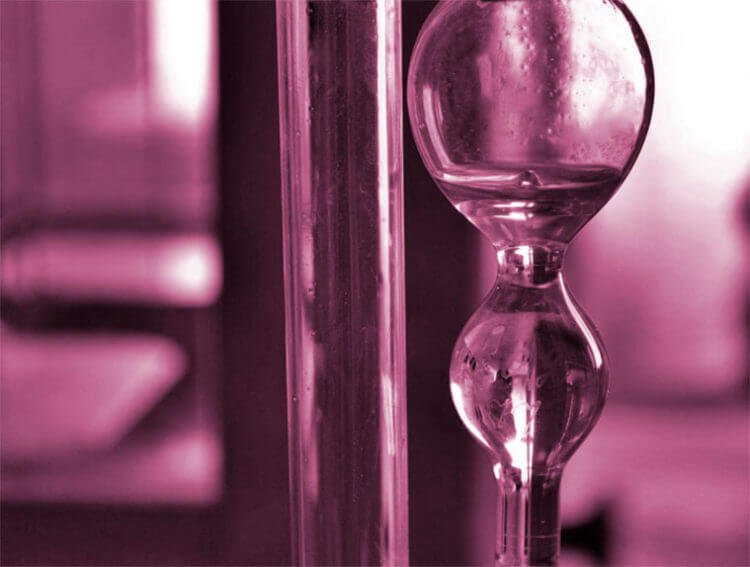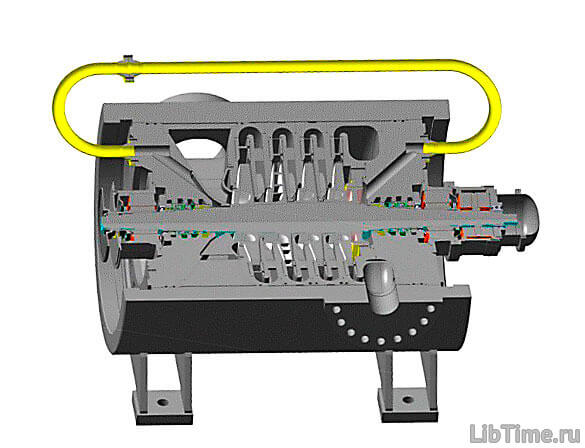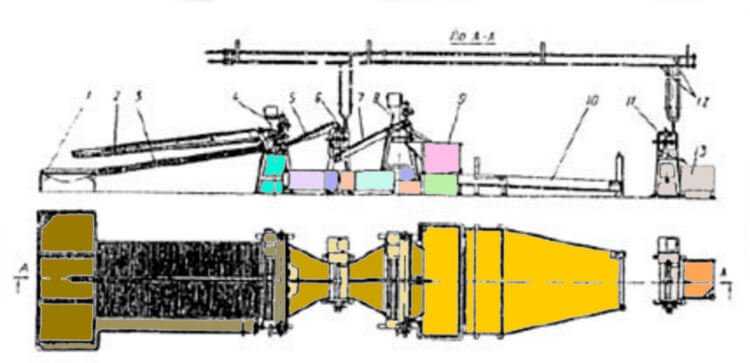Viscometers
In the food industry, viscosity is often measured in conventional units (degrees Celsius), which is the ratio of the flow time of a certain volume of the analyzed liquid to the timely flow of the same volume of distilled water.
Viscosity can be measured with a viscometer. It should be noted that the viscosity of a liquid is strongly dependent on temperature (for example, an increase in liquid temperature by 1 °C leads to a decrease in viscosity by an average of 4%).
To measure viscosity, viscosity transducers of various types are used: capillary (leakage viscometers), falling-body (ball viscometers), rotational, vibration, acoustic, etc. Rotational viscometers are described in a separate article.
Viscosity transducers
In general, viscosity measuring devices consist of a primary viscosity transducer and a unified secondary device.
A capillary viscometer works on the basis of Poiseuille's law: the volume of liquid flowing per second through the cross-section of a capillary tube is directly proportional to the difference in tube diameter d and inversely proportional to the tube length and dynamic viscosity coefficient μ. 
Figure 1 shows a schematic of a capillary viscometer. The analyte liquid with a constant flow rate is pumped from the sampling point by a pump (1) through the measuring capillary (3). The pressure drop (difference) across the tube is measured by a differential pressure gauge (5) and then by a secondary device (4). The diameter d (less often the length, due to design limitations) of the capillary tube is selected depending on the measurement limits and the type of liquid to be analyzed.
The transducer must be installed in a temperature control device (2). The measuring range of capillary viscometers is from 3 to 10 Pa s, which allows an error of no more than ± 1%. 
There are many other design solutions for viscometers that use Poiseuille's law: screw, piston for high-viscosity liquids, etc. However, all capillary viscometers are used only for viscosity control of relatively clean and homogeneous liquids that are free of suspended particles and gas bubbles.
Ball viscometers can be used to measure the viscosity of various transparent and opaque liquids. The principle of operation of ball viscometers is based on the use of Stokes' law, which defines the resistance force V experienced by a solid ball during its slow translational movement in an unlimitedly viscous liquid.
The velocity of the ball falling in the viscous fluid is a measure of viscosity: μ=2/9[r2(pc-pk)/v], wherepc and pk are the densities of the medium and the ball, respectively.
Falling-body viscometers are used to measure the viscosity of very viscous homogeneous liquids that are free of various contaminants and gas bubbles. Figure 2 shows a schematic diagram of an automatic (continuous) falling-ball viscometer.
Depending on the viscosity of the medium that is continuously pumped through the measuring chamber (a piece of non-magnetic tube (1) with a calibrated internal cross-section), the flow rate (or flow rate) of the liquid is regulated within a wide range by the control unit (6), motor (5), and pump (4). 
The ball (3), which acts as the core of the DT transducer (2), is held in the middle position by the upward flow of liquid, with the unbalance signal equal to zero.
When the viscosity of the medium changes, the ball moves slightly relative to the middle position, which leads to the appearance of an unbalance control signal of the amplifier, which, through the control unit (6), regulates the speed of fluid movement in this way and until the ball returns to its original position (relative to the neutral of the DT).
The measuring limits of the viscometer (up to 100 Pas) can be changed over a wide range by changing the weight of the ball. The transducer can be used in a submersible version or included in a bypass line. The basic error is no more than ±0.5%. Ball viscometers are quite promising for use in paste and condensed food production lines. Similar information: Density meters.


